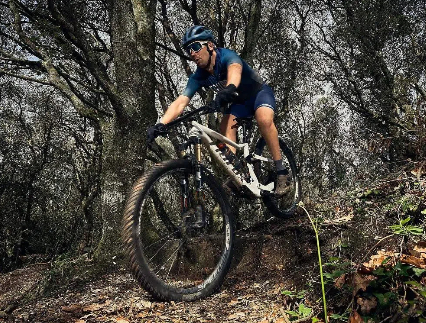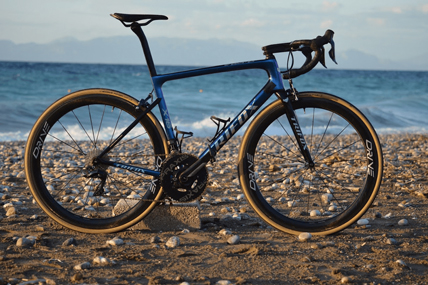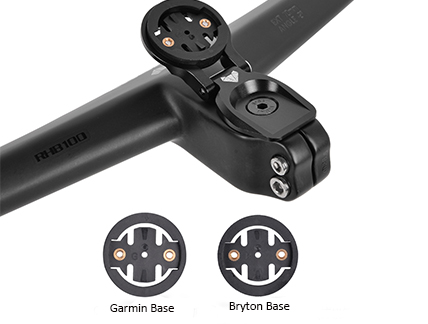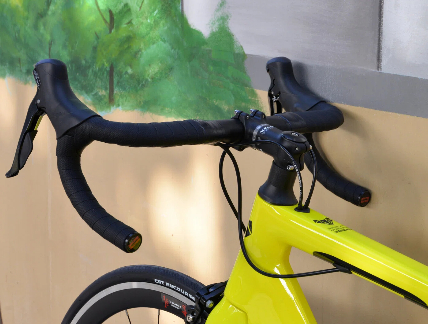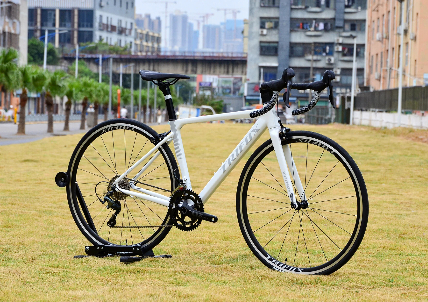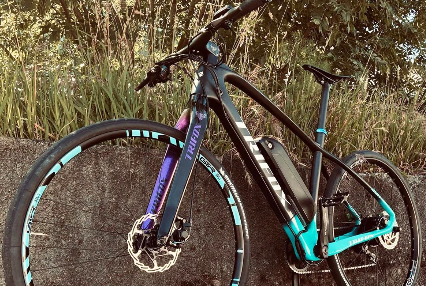Cyclists have many different purposes for cycling, so each person's training goals and methods should be tailored to their individual needs. In fact, each of us has a “personal trainer”, and that is ourselves. Therefore, we must rely on self-awareness to adjust the intensity, frequency, and type in training and cycling, so this is why we are prone to make mistakes in training. So, Have you made the following six common wrong training methods.
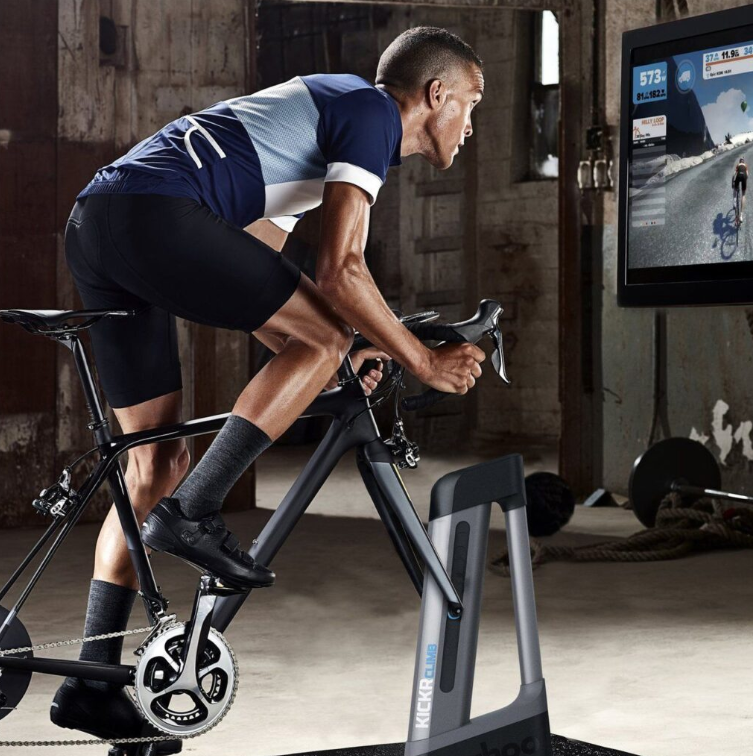
1. Too little training
Are you the kind of rider who trains sporadically and directionlessly? Although this kind of training can ensure that you stay away from sports injuries, it won't make you win any competitions or blow up your friends to get to the cafe first. What makes you progress? It is constant training. Please try to find out why you train in this way, is it because of work? Or family? After all, these two are more important than riding a bicycle, understandable; but if it is pure laziness, then please change yourself.
Tips: Consider adding more low-intensity training (such as walking and simple swimming). In this way, you will maintain a basic fitness level and make recovery training easier and more enjoyable.
2. Too enthusiastic
Many cyclists think that they can ride faster by over-training harder. To a certain extent, this is true; but for most people, this will only accumulate fatigue, leading to an “explosion” in the end. Only when your training method is smart enough, harder training will bring improvement. Please refer to the 10% principle: The every-week increase in mileage or average weekly intensity never exceeds 10%.
Tips: Try to ensure that after two to three weeks of high-intensity training, there is a week of rest and relaxation time to enjoy the fun of leisure riding.
3. Ride too fast
It is true that certain times and places can allow you to ride faster, but are you really the one who can walk around and resist the temptation of high speed? For beginners, try to mix at least two short and simple riding when you are out for high-intensity cycling. Simple riding not only allows you to fully recover from high-intensity cycling loss while traveling and aerobic exercise can make you cycle faster next.
Tips: We live in a fast-paced society and must complete everything yesterday. When you go to participate in riding activities for the purpose of bursting, please take the opportunity to slow down for a while. This will not only make you feel full of blood and resurrect, but it will also actually increase your training efficiency.
4. Decided to ride too late
Ideally, most of the cyclists who work from 9 to 6 come home from work, sit down, eat two bites, and then go out to ride for an hour; the reality is that after a day's fatigue, they can no longer ride. Can only “Ge You Slouching” on the sofa. As a result, the solution was to go out cycling early the next morning. Obviously, the most difficult thing is to get up early, it’s proper. But doing some careful planning the night before may mean you start the day without good traffic conditions, clean routes, and satisfactory completion of the ride.
Tips: Make sure your bike and tools are ready the night before. Know what you want to do, and make sure that cycling has a clear purpose. Before you go out, remember to have breakfast and a drink (preferably coffee) to ensure riding efficiency.
5. The weight is too light
The equipment party is obsessed with the word “weight”. Cycling and weight are always inseparable. Whether it is buying a full-carbon seat cushion for the “life planning artifact” or doing everything possible to lose weight, the ultimate goal is to obtain a better power-to-weight ratio. However, a misconception is that lighter can ride faster. You have to realize food is not your enemy, but your friend. It provides important nutrients to help you ride a bike.
Tips: Don’t be crazy about mini weight, and eat healthily. Try not to use weight loss as your only motivation for cycling. If you eat wisely and exercise regularly, your weight will naturally drop.
6. Ride too far
Riding too many miles a week, overtraining can cause sports injuries. The secret to making your ride farther is to increase gradually, which will put you in a good athletic form. Gradually adapt through the 10% principle mentioned above. If you ride 100 kilometers this week, you should not exceed 110 kilometers next week. If you want to increase every weekly training volume, but you are worried that your body will not be able to load, then you can try some different cross-training, such as walking, running, swimming, or strength training. This will improve your overall improvement considerably, but it is important to follow the same principles and not do too much too fast.
Tips: Increasing mileage means the accumulation of training pressure, so as the weekly training volume increases, it is important to balance training pressure and rest. Over time, you will be able to cope with higher mileage and have a positive effect on your training.






























































